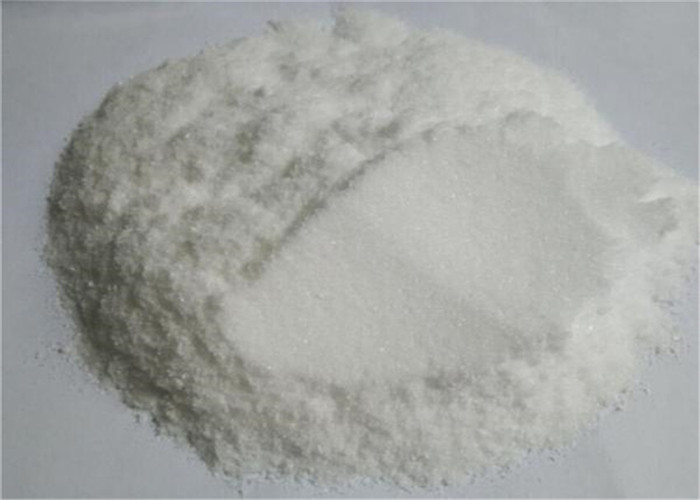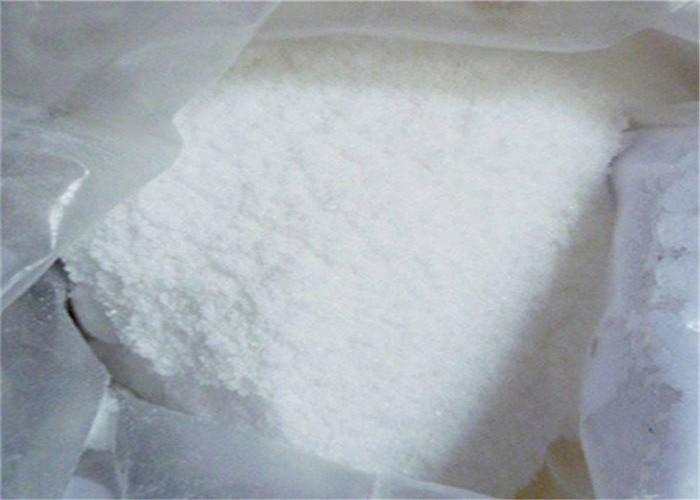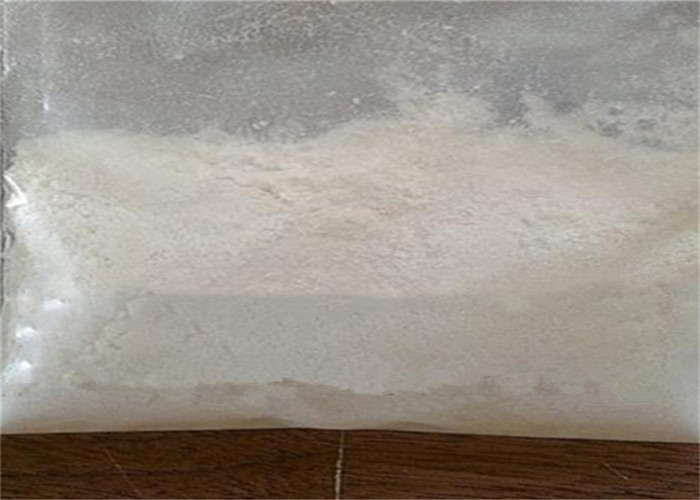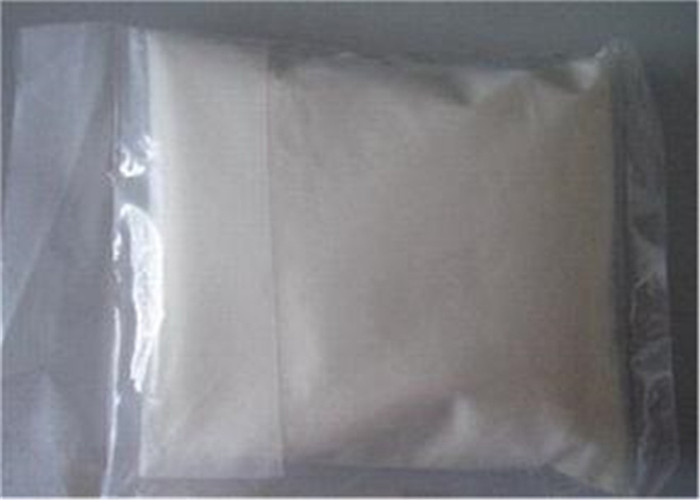| Therapeutic agent of ovarian cancer |
Breast and ovarian cancer is a serious public health problem which is imposing severe threat on female. In recent years, the increasing rate of breast cancer incidence of China was even 1-2% higher than that of high-incidence countries. D'autre part, ovarian cancer still remains the most serious challenge for gynecologic oncologist because no mature approach for early stage diagnosis is available now. Upon diagnosis, about 70% cases are in advanced stage. Even subjecting to effective treatment and achieving complete alleviation, there are still 70% of patients who will get recurrence issue with 5-year survival rate hovering around 30-40%. Par conséquent, people are attempts to establish the three-level prevention and control measures of ovarian cancer like other chronic diseases.
There is urgent need of a new medication for ovarian cancer treatment because platinum-based chemotherapy has limited drug duration before the occurrence of intolerable side effects. Olaparib, together with other PARP inhibitors under development are all oral preparations which can be better tolerated and can have more long-term applications compared with those drugs used in conventional chemotherapy. Olaparib can prevent an enzyme which participate in cellular repair, and is suitable for patients with certain genetic mutations. The drug also has good prospects in the treatment of other cancers, opening up considerable market opportunities for olaparib.
In December 19, 2014, the FDA approved novel anti-cancer drug olaparib (Lynparza) for monotherapy to the patients of advanced ovarian cancer who has undergone at least 3 rounds of chemotherapy or patients of suspected BRCA mutations. À la fois, FDA approved the quantitation and classification of diagnostic kits for the detection of mutations in BRCA1 and BRCA2, BRACAnalysis CDx. Olaparib (Lynparza) is the first PARP inhibitor drugs which has been approved by FDA.
In February 2, 2015, the European Union Food and Drug Administration (EMA) also approved olaparib to enter into market in the 28 countries of European Union including Iceland, Liechtenstein and Norway. But the indications of EMA and FDA approved are slightly different; the former is for the BRCA gene mutation cases, and also for the maintenance therapy for patients of advanced epithelial ovarian cancer who has previously received platinum-containing chemotherapy drugs and exhibit response and subject to recurrence. |
| Effets pharmacologiques |
Olaparib is a kind of novel poly ADP-ribose polymerase (PARP) inhibiteurs, including PARP1, PARP2, and ARP3. PARP mediates a DNA-repair mechanism which plays a important role in DNA damage repair and apoptosis, so olaparib specifically targets on the DNA repair mechanism of the targeting cell DNA repair and take effects by attacking the critical vulnerabilities of cancer cells carrying mutations in BRCA1 and BRCA2. Owing to this mechanism, it can be used for the maintenance therapy of patients of severe recurrent ovarian cancer who has breast cancer susceptibility gene (BRCA) mutation as well as being sensitive to platinum drug.
Scientists from Harvard Medical School Dana-Farber Cancer Institute have found that the target site of olaparib is the polymerase Q (POLQ, also known POLθ). Those scientists found that a large number of patients of ovarian cancer has the genetic deficiency in the homologous recombination (homologous recombination, HR) repair pathway and dramatic up-regulated expression of POLQ greatly. Since HR is an important repair pathway for repairing broken DNA, they speculated that the major function of POLQ is to compensate for the lack of HR and participate in DNA repair.
The experiment has demonstrated that, in normal HR cells, knockout of POLQ would make HR activity increase significantly; while in HR deficient cells, the knockout of POLQ leads to cell death. POLQ contains RAD51 binding domain which can block the process of RAD51-mediated DNA repair. Related research has been published in the February 12, 2015 journal with Raphael Ceccaldi being the first author of this research.
Studies have revealed that about 10% of ovarian cancer patients and 5% of breast cancer patients contain BRCA1 or BRCA2 mutations. Both BRCA1 and BRCA2 belong to tumor suppressor genes as the major components of HR repair pathway. Their mutation suggests the loss of function for the HR repair pathway. In the cancer model of BRCA1 or BRCA2 mutations, blocking the important component for repairing single-strand DNA breaks–PARP can kill the mutated cancer cells. Put the BRCA-deficient mice with POLQ deficient mice for hybridization will cause the death of mouse embryos shortly after birth, which means that the coexistence of two repair pathway deficiency will cause embryonic lethality.
These above findings suggest that olaparib, a kind of novel oral PARP inhibitor which is able to kill BRCA deficient cells, may be the effective drug for treating cancer patients who carry such mutations. Previously, researcher’s knowledge of the BRCA mutation hasn’t influenced patients’ choice of treatment on either ovarian cancer or breast cancer. Cependant, after the study, which means that olaparib can be used for the targeted therapy of cancer patients who carries BRCA1 or BRCA2 gene mutations with the therapeutic target site being the genetic deficiency of cancer cell genetic defect rather than a target organ.
In ovarian and breast cancer cells, BRCA mutations are the first heavy blow to the survivability of cell because it increases their susceptibility to DNA damage. Through targeting the PARP-controlled adjuvant repair pathways, olaparib and its similar drugs achieve the second heavy blow to the survivability of cell. With the disorders of both of the two repairmen signaling pathways, the accumulation of DNA damage exert the third heavy blow to the cells. |
| Pharmacokinetics |
Absorption
After the oral administration of olaparib through its capsule preparation, it is quickly absorbed with the plasma concentration typically reaching peak at 1-3 hour period after the administration. Multiple rounds of administration cause no significant savings (savings ratio 1.4-1.5 avec 2 times per day) with achieving steady-state exposure within 3 à 4 jours.
Limited information suggest that, in dose across the range of 100 à 400 mg, the increase of whole body exposure (AUC) olaparib is less than direct proportion but the PK data across the test is variable.
The co-administration of a high-fat meal causes a lower absorption rate (Tmax is delayed by 2 heures), but doesn’t significantly alter the extent of absorption of olaparib (mean AUC increased by about 20%).
Distribution
After the administration of a single dose of 400 mg olaparib, the steady-state olaparib has a mean (±SD) apparent volume of distribution of 167 ± 196 L. After the achievement of the plasma concentrations at the dose of 400mg twice daily, the in vitro protein binding rate of olaparib is approximately 82%.
Metabolism
In vitro, CYP3A4 has been shown to be primary enzymes responsible for metabolism of olaparib.
After oral administration of 14C-olaparib to female patients, unchanged olaparib accounts for the majority (70%) of the circulating radioactivity in the plasma.
It is extensively metabolized in the urine and feces with the radioactivity of drug remained unchanged accounting for 15% et 6%, respectively. The biggest part of metabolism attributes to the oxidation and the derived components which subsequently bind with glucuronide or sulfate.
Excretion
After the administration of a single dose of 400 mg olaparib, it was observed of a mean (± standard deviation) terminal plasma half-life being 11.9 ± 4.8 in hours and the apparent plasma clearance being 8.6 ± 7.1L/h.
After a single dose of 14C-olaparib, during the seven days of collection, 86% of the administered radioactivity was recovered with 44% going through urine and 42% going through feces. Most of the material is excreted as metabolites.
According to the preliminary data of special efforts from renal impairment test, when olaparib is administrated by patients of mild renal impairment (CLcr = 50-80 mL/min; N = 14) and compared to patients with normal renal function (CLcr> 80 mL/min; N = 8), the mean AUC and Cmax of olaparib were increased by 1.5 et 1.2 fois, respectively. There are no data available for the patients with CLcr <50 mL/min or patients subjecting to dialysis. |
| Drug Interactions |
In vitro, olaparib is a inhibitor of the CYP3S4 but the inducing agent of CYP2B6 upon the higher concentration achieved clinically. Olaparib has small or no inhibitory effects on other CYP isozymes. In vitro studies have ever shown that olaparib is the substrate of CYP3A4.
According from a set of Drug-interaction test data (N = 57), when olaparib is administrated with itraconazole, a potent CYP3A inhibitor, in combination, the AUC and Cmax of olaparib were increased by 2.7-and 1.4-fold, respectively. The stimulation based on the physiologically pharmacokinetic (PBPK) model suggests a moderate inhibitor of CYP3A (fluconazole) can increase the AUC and Cmax of olaparib, respectively, by 2-and 1.1-fold.
According a set of Drug-interaction test data (N = 22), when olaparib is administrated with rifampicin, a potent CYP3A inducer, in combination, the AUC and Cmax of olaparib were reduced by 87% et 71 %, respectively. Stimulation based on PBPK model suggests one kind of moderate CYP3A inducers (efavirenz) may reduce the AUC and Cmax of olaparib by 50-60% et 20-30%, respectively.
In vitro studies have ever shown that olaparib is the substrate of P-gp and the inhibitors of BCRP, OATP1B1, OCT1, OCT2, OAT3, MATE1 and MATE2K. It is still not clear about the clinical relevance of these findings.
The above information is edited by the Chemicalbook of Dai Xiongfeng. |
| Side effects |
1. The most common adverse reaction in clinical trials≥20%) include anemia, nausée, fatigue (including lack in strength), vomissement, diarrhea, taste disturbance, indigestion, mal de tête, perte d'appétit, nasopharyngitis/pharyngitis/URI, cough, arthralgia/musculoskeletal pain, myalgia, back pain, dermatitis/rash and abdominal pain/discomfort.
2. The most common laboratory abnormalities (≥25%) is increased creatinine, increased red blood cell mean volume, reduced hemoglobin, reduced lymphocytes, reduced absolute neutrophil count, and thrombocytopenia. |
| Propriétés chimiques |
Blanc solide |
| Les usages |
Olaparib is a potent poly(ADP-ribose) polymerase (PARP) inhibiteur. Olaparib has been shown to induce significant killing of ATM-deficient lymphoid tumor cells in vitro and in vivo. Recent studies show that Olaparib increases radiosensitivity of a lung tumor xenograft, making it a potential candidate for use in combination with radiotherapy. |
| Definition |
ChEBI: A member of the class of N-acylpiperazines obtained by formal condensation of the carboxy group of 2-fluoro-5-[(4-oxo-3,4-dihydrophthalazin-1-yl)methyl]benzoic acid with the free amino group of N-(cyclpropylcarbonyl)pi erazine; used to treat advanced ovarian cancer. |
| Les usages |
Many of the products generated by alkylating agents on DNA can be efficiently repaired by normal base excision repair (BER). Some poly(ADP-ribose) polymerases (PARPs) assist in the repair of single-strand DNA nicks, an important step in BER. Olaparib is a potent inhibitor of PARP1 and PARP2 (IC50 = 5 et 1 nM, respectively) but is less effective against the PARP tankyrase-1 (IC50 = 1.5 M). It can be used in cells and in animals, alone or in combination therapy with alkylating agents, to block BER and increase cancer cell death.[Cayman Chemical] |













 Directeur commercial
Directeur commercial